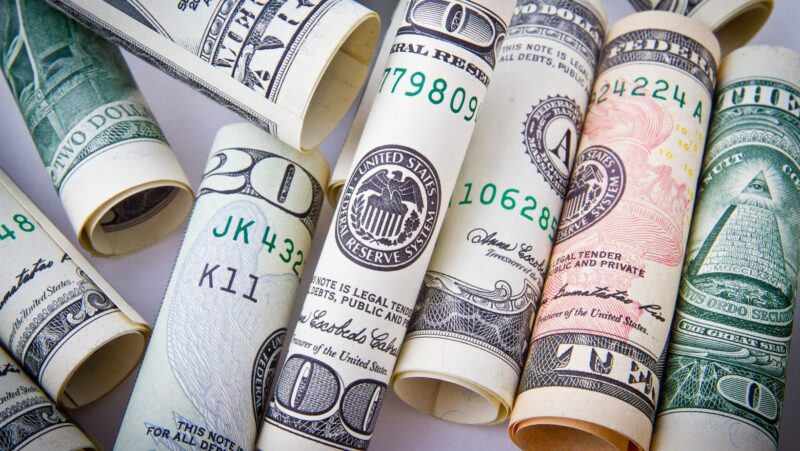
As an avid gamer and a long-time fan of the action role-playing game (RPG) genre, I’ve always been fascinated by the various ways game developers generate revenue. In this article, I’ll be exploring one particular game that has caught my attention: Path of Exile. If you’ve ever wondered how this highly acclaimed RPG manages to sustain itself and continue delivering exceptional content, you’re in for a treat. Join me as we delve into the intriguing world of Path of Exile’s revenue model and uncover the secrets behind its financial success.
How Does Path Of Exile Make Money
Path of Exile is a popular action role-playing game (RPG) developed and published by Grinding Gear Games. It was first released in 2013 and has since gained a large and dedicated player base. The game is known for its dark and gritty atmosphere, deep character customization, and challenging gameplay.
In Path of Exile, players take on the role of exiles who are stranded on the continent of Wraeclast. They must explore the dangerous and unforgiving world, battling hordes of monsters, completing quests, and uncovering the secrets of the land. The game features a vast skill tree that allows players to customize their characters in a myriad of ways, creating unique playstyles and builds.

How Does Path of Exile Make Money?
As an action role-playing game (RPG) with a huge following, Path of Exile has found a successful revenue model that keeps players engaged while generating profits. Here, I will delve into the two key ways in which Path of Exile makes money: in-game purchases and microtransactions.
In-Game Purchases
In Path of Exile, players can acquire powerful items, skill gems, and other valuable resources through in-game purchases. These purchases are made using a tradeable currency called “Orbs.” By engaging in a player-driven economy, Path of Exile creates a fair and balanced environment where players can trade for the items they need.
The player-driven economy encourages interaction and collaboration between players as they strive to find the best deals and acquire desirable items. It adds an extra layer of depth to the game, allowing players to use their trading skills to gain an advantage. The in-game purchases in Path of Exile are not limited to items alone; players can also spend their Orbs on various services, such as changing the appearance of their character or renaming their account.
Microtransactions
Path of Exile offers a range of microtransactions, which are purely cosmetic items that do not impact gameplay. These microtransactions allow players to customize their characters’ appearance, including their outfits, weapon effects, and pets. While these items are purely aesthetic, they offer a way for players to show off their unique style and make their characters stand out from the crowd.
Path of Exile’s Economy
In Path of Exile, the economy plays a vital role in the gameplay experience. Understanding how the economy works is crucial for players to thrive in this action-packed RPG. In this section, I’ll delve into two essential aspects of Path of Exile’s economy: Currency Items and the Trading System.
Currency Items
In Path of Exile, Currency Items serve as the backbone of the economy. These items have no inherent use and can only be used for trading. The most common currency item is the “Orb of Alteration,” which players use to modify the properties of magic items. Other notable currency items include Chaos Orbs, Exalted Orbs, and Mirror of Kalandra, which hold significant value due to their rarity.
Currency items are valuable commodities because they directly impact a player’s progression and power level. In the game, players can acquire these items as drops from monsters, chest, or as rewards for completing quests. Additionally, they can also obtain them by exchanging other currency items with vendors or other players.
Trading System
Path of Exile boasts a robust and player-driven Trading System that allows players to exchange items with one another. The trade system is facilitated through various platforms such as the in-game Trade Chat, dedicated websites, and third-party tools.
When a player wants to trade with another player, they can initiate the trade by inviting the other player to their party. Once both players are in the same instance, they can open a trade window and conduct their business.










